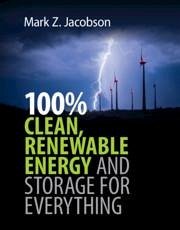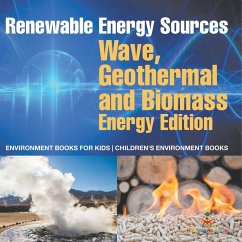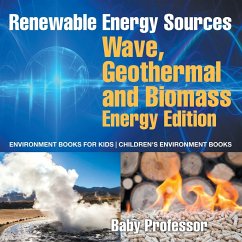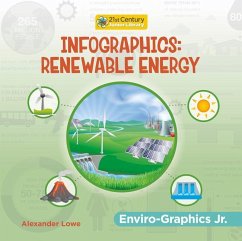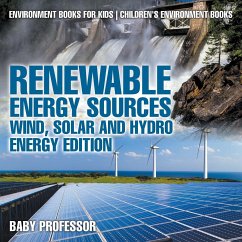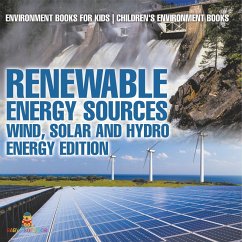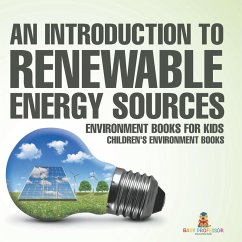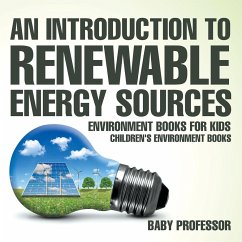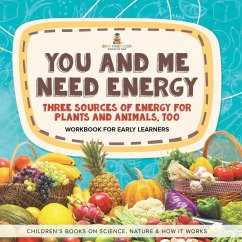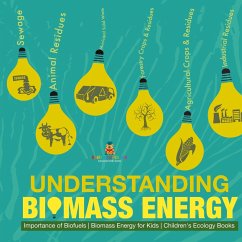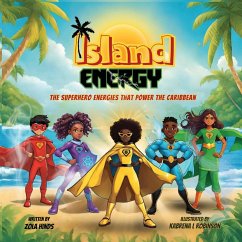Mark Zachary Jacobson
Gebundenes Buch
100% Clean, Renewable Energy and Storage for Everything
Versandkostenfrei!
Versandfertig in über 4 Wochen
Weitere Ausgaben:

PAYBACK Punkte
61 °P sammeln!




Textbook on the science and methods behind a global transition to 100% clean, renewable energy for science, engineering, and social science students.
Mark Z. Jacobson is Director of the Atmosphere/Energy Program and Professor of Civil and Environmental Engineering at Stanford University. He is also a Senior Fellow of the Woods Institute for the Environment and of the Precourt Institute for Energy. He received a B.S. in Civil Engineering, an A.B. in Economics, and an M.S. in Environmental Engineering from Stanford in 1988. He received an M.S. and PhD in Atmospheric Sciences in 1991 and 1994, respectively, from UCLA and joined the faculty at Stanford in 1994. He has published three textbooks and over 160 peer-reviewed journal articles. He received the 2005 American Meteorological Society Henry G. Houghton Award and the 2013 American Geophysical Union Ascent Award for his work on black carbon climate impacts and the 2013 Global Green Policy Design Award for developing state and country energy plans. In 2015, he received a Cozzarelli Prize from the Proceedings of the National Academy of Sciences for his work on the grid integration of 100% wind, water and solar energy systems. In 2018, he received the Judi Friedman Lifetime Achievement Award "For a distinguished career dedicated to finding solutions to large-scale air pollution and climate problems." In 2019, he was selected as "one of the world's 100 most influential people in climate policy" by Apolitical. He has served on an advisory committee to the U.S. Secretary of Energy, appeared in a TED talk, appeared on the David Letterman Show to discuss converting the world to clean energy, and cofounded The Solutions Project. His work is the scientific basis of the energy portion of the U.S. Green New Deal and laws to go to 100% renewable energy in cities, states, and countries worldwide.
Produktdetails
- Verlag: Cambridge University Press
- Seitenzahl: 442
- Erscheinungstermin: 1. Oktober 2020
- Englisch
- Abmessung: 283mm x 224mm x 24mm
- Gewicht: 1451g
- ISBN-13: 9781108479806
- ISBN-10: 1108479804
- Artikelnr.: 59510081
Herstellerkennzeichnung
Libri GmbH
Europaallee 1
36244 Bad Hersfeld
gpsr@libri.de
Für dieses Produkt wurde noch keine Bewertung abgegeben. Wir würden uns sehr freuen, wenn du die erste Bewertung schreibst!
Eine Bewertung schreiben
Eine Bewertung schreiben
Andere Kunden interessierten sich für




